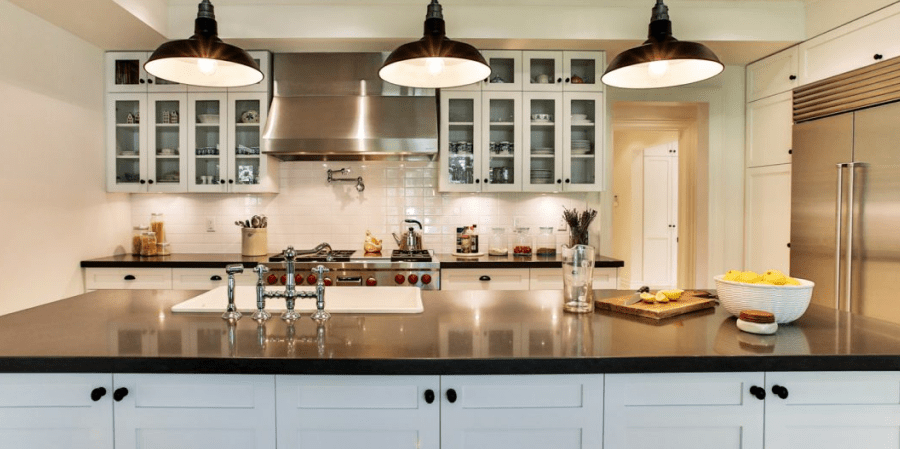What are Net-Zero homes?
By definition, a ‘Net-Zero’ home is one that produces at least as much energy as it consumes on an annual basis. They’ve been around for less than 10 years, but the strategy behind the design and building sciences to create Net-Zero homes are taking North America by storm. In fact, the Ontario government has put the first significant stake in the ground by announcing their intention to make ‘Net-Zero’ a requirement for newly built homes under the Ontario Building Code by 2030 (only 11 years from now!).
As residential construction moves toward this objective, what will happen to traditional estate homes built today with multiple furnaces, air conditioners, hot water tanks, etc., and operating costs that will look egregious even in 5-10 years? According to experts, the resale value of a custom, carbon neutral home built today will be worth as much as 20% or more than the same ‘fossil-built’ home in 10 years time. Combine this with the dramatic reduction in the homes ongoing operating costs over this timeframe, the results will be staggering. So if you want to build a successful Net-Zero home, it comes down to three key components:
1. Energy Conservation
Your Net-Zero home needs a high quality building envelope. You need super insulated walls and ceilings, quality energy-efficient windows and it all has to be sealed up tight to prevent heat loss. The home needs to be far more airtight than the average custom luxury home. An average home has 4.4 air changes per hour. A HummingbirdHill luxury custom home aims for 0.5 air changes per hour. We also use energy efficient heating systems such as an air source heat pump made for cold climates or geothermal ground source heating. Needless to say, your house has to use as little electricity as possible. We pay particular attention to full LED light integration, killing phantom loads and using highly efficient hot water heating equipment with rain harvesting and grey water strategies where appropriate.
2. Passive Solar Energy
The site and orientation of your house is key. Ideally we integrate many high performance windows with specific-sized overhangs that keep out direct summer sun, but still let the lower winter sunshine in. We can also integrate concrete floors and walls for thermal mass to store heat after the sun goes down. Our goal is to harvest and retain as much free energy as possible.
3. Energy Production
Depending on our client wishes, we can now assess the possibility of integrating a solar panel strategy that can harvest as much free passive solar energy as possible. The majority of our clients take advantage of our turn-key service that sets up the contract to sell their solar hydro back to their local hydro companies at set rates over a 20 year term. You actually receive a cheque in the mail every month for the electricity you’ve produced from rooftop panels that can be used to pay for your hydro, gas, and water usage on a monthly basis creating a financial ‘net-zero’ monthly operating position. Alternatively, to create an “off-the-grid” scenario, we can install a battery storage solution that stores the solar energy harvested by rooftop panels to be used by the home’s mechanical and electrical systems – therefore effectively severing your home’s ties with utility companies. Solar photovoltaic panels are the simplest and most cost-effective solution for the home today. They have dropped drastically in price over the last few years and your investment will protect you from future electricity price increases for 25 years.
Regardless of the strategy, building a luxurious custom home that performs as well as it looks is a sound investment that will become more attractive as we get closer to making this a standard common practice in the coming years. It also means you are doing your part to protect the environment for our future generations, which is never a bad thing.
